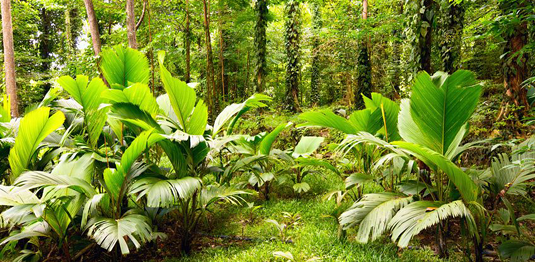Assessing levels of biodiversity

Innovative applications of modern taxonomic methods for the discovery and classification of biological species form the core of a new DFG Priority Program, which will be coordinated by LMU botanist Susanne Renner.
As risks to the biosphere continue to grow, knowledge of the biodiversity in ecosystems ranging from the arctic to the tropics remains incomplete. As a consequence, many species seem destined to disappear without ever having been discovered. "To evaluate the species composition of different habitats and monitor how it changes as a result of extinction or immigration, we need to employ state-of-the-art taxonomic methods," says LMU botanist Professor Susanne Renner, Coordinator of a new Priority Program entitled Taxon-OMICS which gets underway in 2017 and for which the Deutsche Forschungsgemeinschaft (DFG) will provide some 5.5 million euros in grant support. The Program is designed to bring taxonomists together with experts in fields such as image analysis, bioinformatics, and biological didactics with a view to developing and applying innovative methods for the detection, identification, and naming of biological organisms and to quantify the speed and extent of past and ongoing changes.
"Taxonomy as a science is becoming both more important and more interesting, as species discovery and identification increasingly rely on genetic data, which can be easily stored and exchanged, and which link taxonomy to other fields, including population genetics, evolutionary biology, and developmental genetics" says Renner, Professor of Systematic Botany and Mycology at LMU. "This opens up new opportunities for collaboration and allows researchers to answer questions that could not be addressed up to now." The scientists involved in the Taxon-OMICS program will use DNA barcoding, high-throughput sequencing, shallow sequencing of material in collections, but also fieldwork and natural history observations, and they will combine these data with techniques from other fields – for example, the analysis of morphological characters by means of computer tomographic methods or computer vision applied to specimen images. For the first time, specialists in the taxonomy of all classes of organisms – animals, plants, fungi, and microorganisms – will work together using the same set of approaches.
Provided by Ludwig Maximilian University of Munich





















